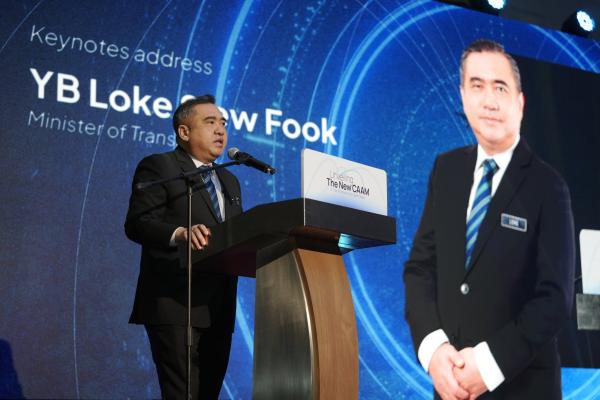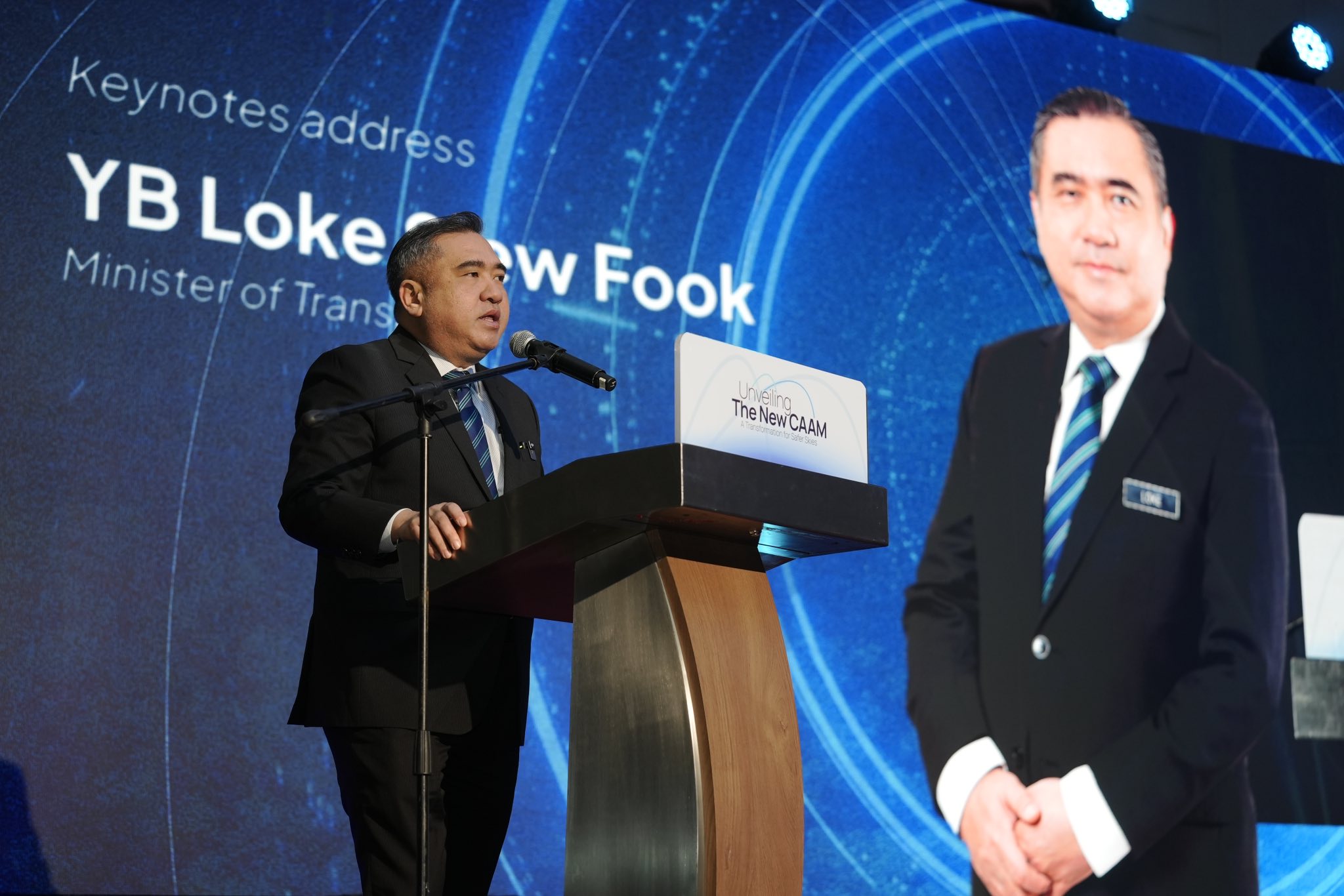PUTRAJAYA, Oct 30 — The government will implement several improvements to the country’s rail infrastructure to shift freight transport from roads to rail.
Transport Minister Anthony Loke said only 1 per cent of cargo in Malaysia is transported via rail, and that the government is targeting a rise to at least 10 per cent with the improvements under the 13th Malaysia Plan (13MP).
He said the initiative was implemented to address traffic congestion, reduce the rate of accidents involving heavy vehicles, and support the country’s environmental sustainability agenda.
“This initiative aims to create a more efficient, safe and sustainable logistics ecosystem... Apart from reducing congestion on major highways, this initiative makes the cost of doing business for logistics industry players more competitive through available options.
“Rail transport has also proven to be more environmentally friendly, with a lower carbon footprint compared with road transport,” he said at a press conference after chairing the National Logistics Task Force meeting here today.
To realise the initiative, Loke said among the projects that will be implemented include the extension of a side track at the North Butterworth Container Terminal and upgrades to the Pasir Mas-Rantau Panjang track and Padang Besar depot.
First- and last-mile connectivity will also be strengthened to ensure the smooth transport of freight from train stations to their final destinations.
“Among these (measures) are increasing the number of locomotives and wagons through a leasing model, developing a new cargo hub terminal, and building spur line connections to strategic areas to accommodate the needs of the logistics sector,” said Loke, adding that the initiative has received support from transport associations.
Meanwhile, Loke said his ministry, together with Malaysia Airports Holdings Bhd (MAHB), will set up a special working group to realign policies and implement actions to make the Kuala Lumpur International Airport (KLIA) a leading air cargo and loading hub in the region.
He said the group would address several weaknesses identified as the cause of the relatively slow customs inspection process and low air cargo capacity at KLIA, which lead to industry players preferring to conduct business at Singapore’s Changi International Airport.
“KLIA is quite big, but why do we only handle one-third of Changi’s total cargo? We have identified several weaknesses in terms of regulations, our customs clearance is slower than in Singapore, making the time taken for loading and unloading cargo also longer,” Loke said.


